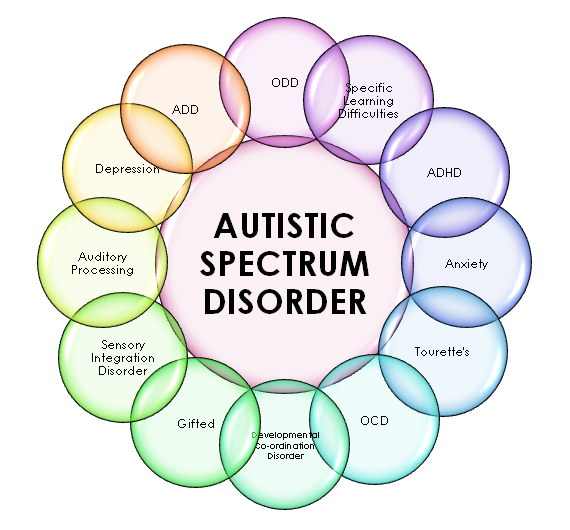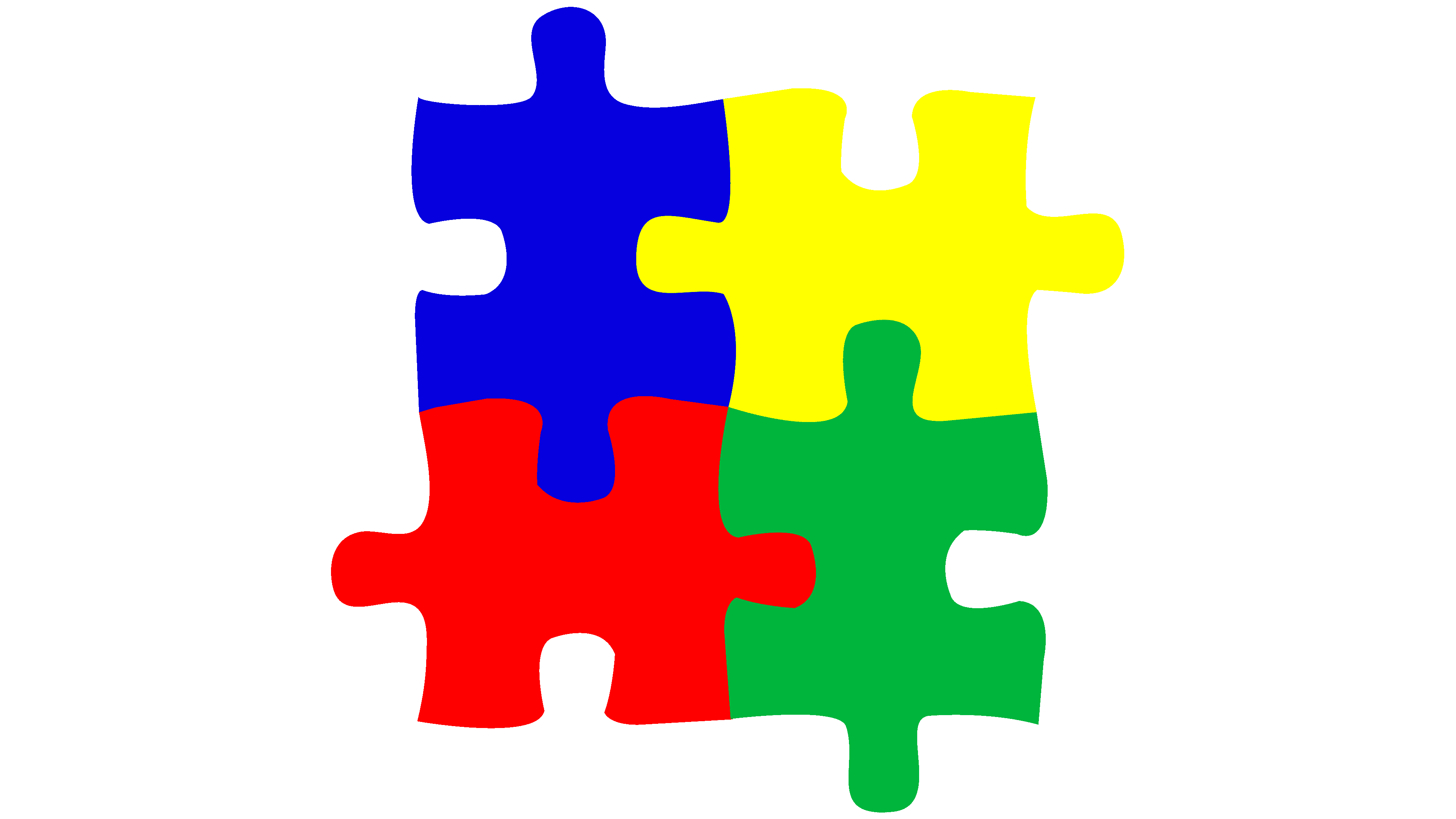Autism and Sensory Handling: Exploring the Link and Its Effects
Autism and Sensory Handling: Exploring the Link and Its Effects
Blog Article
Checking Out Autism: Strategies for Effective Interaction and Communication
Efficient interaction and interaction with people on the autism range demand a thorough understanding of their unique needs and choices. Strategies such as employing clear language, utilizing aesthetic assistances, and cultivating regular regimens can substantially boost involvement and minimize stress and anxiety. Additionally, acknowledging the value of non-verbal hints and shared interests leads the way for purposeful links. The intricacies of these approaches disclose additional considerations that warrant exploration, specifically in exactly how they can be adapted to individual experiences and varied contexts. What might these adaptations resemble in method?
Recognizing Autism Spectrum Problem
Autism Spectrum Problem (ASD) encompasses a series of neurodevelopmental conditions defined by obstacles in social interaction, interaction, and recurring behaviors. The term "range" reflects the diverse symptoms and differing degrees of intensity experienced by people with ASD. While some may display substantial impairments, others may present high-functioning traits, permitting better independence in daily life.
The beginning of ASD typically happens in very early childhood years, with signs typically well-known by age 2. Early signs might consist of postponed speech development, limited eye get in touch with, and problems in recognizing social signs. The exact etiology of ASD continues to be vague, study recommends a mix of ecological and genetic elements plays a vital function in its advancement.
As a result, interventions and assistance tailored to specific requirements are important for cultivating interaction and social skills. Identifying the complexity of ASD is essential for promoting awareness, approval, and effective approaches that help with meaningful communications with people on the spectrum.

Relevance of Clear Interaction
Effective communication is essential for cultivating understanding and link, particularly for individuals with Autism Range Condition (ASD) Clear communication not only promotes social communications however also boosts the person's ability to express their ideas, needs, and feelings. For people with ASD, the subtleties of language can frequently be testing; as a result, using uncomplicated and distinct language is important.
In addition, clear communication helps in reducing aggravation and anxiousness that may emerge from misunderstandings. When messages are communicated in a direct and regular manner, individuals with ASD are much better geared up to translate details accurately, which can substantially boost their social involvement and participation in various settings.
Developing routines and making use of visual supports can additionally bolster clear communication. These techniques give people with predictable frameworks that assist understanding and retention of information. In addition, actively being and paying attention person during interactions advertises a supportive atmosphere where people with ASD really feel valued and understood.
Eventually, focusing on clear interaction not just empowers individuals with ASD however additionally cultivates more meaningful connections with their peers, caregivers, and the broader area, leading the way for joint partnerships and comprehensive communications. - autism
Non-Verbal Communication Techniques
Communication extends beyond words, and for individuals with Autism Spectrum Disorder (ASD), non-verbal hints play a substantial duty in communications. Non-verbal interaction strategies can consist of faces, motions, body movement, and eye call, every one of which function as essential parts for sharing intents and feelings.
Recognizing and interpreting these non-verbal signals can enhance interactions with people with ASD. A cozy smile or open stance can create a welcoming environment, encouraging involvement. Likewise, using aesthetic help-- such as photo cards or symbols-- can bridge communication gaps and help share messages more successfully.
It is additionally crucial to be conscious of individual area, as individuals with ASD may have different comfort levels concerning proximity. Observing their reactions to physical closeness can notify appropriate modifications.

Developing Helpful Settings
Creating a supportive setting is crucial for my review here cultivating favorable interactions and enhancing the health of people with Autism Range Problem (ASD) Such settings can substantially reduce anxiety and produce a feeling of safety and security, enabling individuals to reveal themselves a lot more openly.
To accomplish this, it is necessary to take into consideration sensory sensitivities that individuals with ASD might experience. Modifying the physical space to consist of soft illumination, very little background sound, and comfy seats can produce a calming environment. Additionally, utilizing consistent regimens and clear visual schedules can help people anticipate transitions and lower uncertainty, additional promoting comfort.
Social rooms should be structured to reduce frustrating stimuli while providing chances for engagement in recommended activities. Facilitating areas designated for quiet time can additionally act as a haven during minutes of anxiety. Importantly, incorporating elements of choice equips individuals, permitting them to work out agency in their atmosphere.

Motivating Social Interactions
Promoting social communications among people with Autism Spectrum Disorder (ASD) calls for intentional techniques that focus on comfort and interaction. Developing foreseeable regimens can help reduce stress and anxiety, making social setups extra approachable. Producing organized atmospheres with specified functions and duties allows individuals to engage without the overwhelming stress of disorganized social characteristics.
Incorporating passions and toughness right into social tasks can function as a driver for communication. For example, organizing group activities around shared pastimes or topics of fascination can assist in all-natural conversations and links. In addition, utilizing aesthetic supports, such as social scripts or photographic timetables, can aid in recognizing social signs and expectations.
Designing appropriate social habits is crucial - autism. Grownups and peers need to show reliable interaction you could try these out techniques, consisting of energetic listening and turn-taking. Role-playing circumstances can also supply a secure area for people to exercise these skills
Lastly, fostering peer connections through inclusive techniques is important. Encouraging inclusive playdates or group getaways next page can produce chances for socializing in a comfortable setting. By implementing these techniques, teachers and caregivers can substantially improve social interactions for individuals with ASD, promoting their total social development and well-being.
Final Thought
In verdict, reliable interaction and communication methods are necessary for sustaining people with Autism Spectrum Problem. Eventually, these approaches equip individuals with autism to browse social landscapes, promoting their overall health and allowing the advancement of long-term partnerships.
Efficient interaction and interaction with people on the autism spectrum necessitate a thorough understanding of their unique needs and preferences. Clear interaction not only helps with social communications yet additionally enhances the individual's ability to express their needs, ideas, and emotions.Fostering social communications among people with Autism Range Disorder (ASD) requires intentional approaches that prioritize comfort and involvement. By carrying out these instructors, caregivers and methods can significantly enhance social communications for people with ASD, advertising their overall social advancement and health.
In verdict, effective communication and communication approaches are important for supporting people with Autism Range Condition.
Report this page